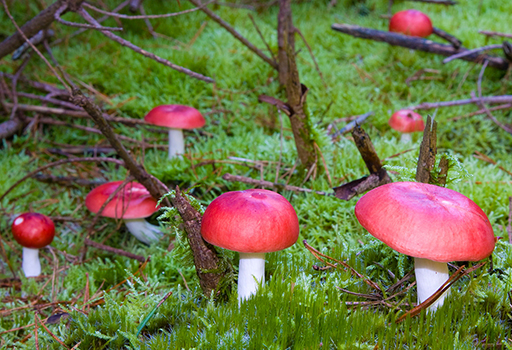7.1 Other issues using biological keys
When using a key, small details of the species in question have to be noted. These details are often given technical names – for example, stylet for an insect’s piercing mouthparts, such as those of the mosquito. These words are normally explained in a glossary that is used alongside the key. The dragonfly key you used in Activity 1 was deliberately selected because it featured none of these technical terms, as it was to be used by non-experts, as well as for the fact that there were only a few species included in the options. Technical terms can significantly slow down the keying-out of species and can be very off-putting for non-experts. They should be avoided wherever possible if a key is to be used with the general public or in a citizen science context.
When trying to carry out identifications, it is important to know when to stop. Organisms such as dragonflies and damselflies have many characters and character states that can be readily observed and as a result many species are relatively easy to distinguish. However, in other groups of organisms, such as fungi, there can be considerably fewer character differences that are easily observable, and those that are can be shared by a very large number of species.
Figure 11 shows a bright-red mushroom that has very fragile flesh; the gills and stem readily break into small pieces. It is quite easy to key-out this species as belonging to the genus Russula. But still there are well over 100 species of Russula in the UK alone and many times this number worldwide, and most of these are brightly coloured and have fragile flesh. Identifying the species beyond its genus may therefore involve detailed measurements under the microscope, chemical tests and even examining its DNA. It is very important that some people go on to do these tests and distinguish the species, although, for more general users of a key, getting as far as the genus Russula may be enough.

